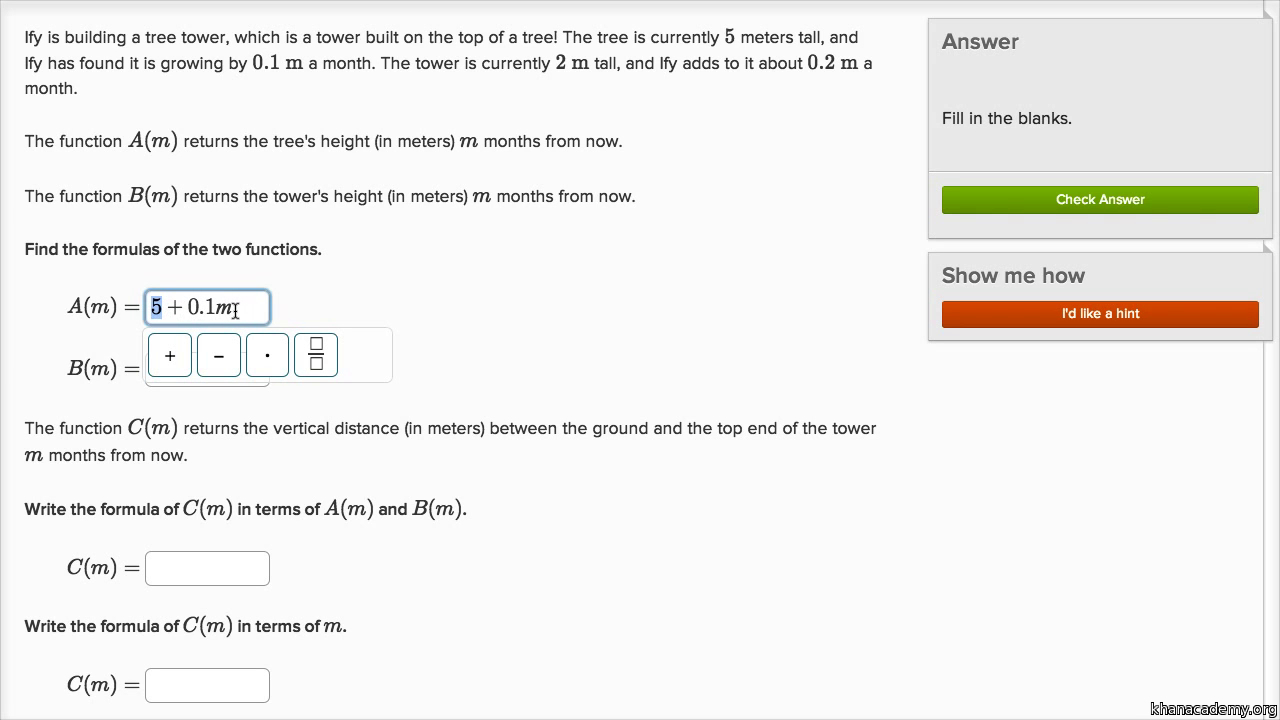
Member of the domain, and I'm able to tell you exactly Relation right over here, where if you give me any Our relation isĭefined for number 3, and 3 is associated with, And so notice, I'm just buildingĪ bunch of associations. Say, hey, maybe if I have 2, maybe that is associated Has 1 comma 2 in its set of ordered pairs. Notation, you would say that the relation The number 1 is in the domain, and that we associate the Output of the relation, or what the numbers that canīe associated with anything in domain, and we You can view them asĪ set of numbers that you can view as the Have a set of numbers that you can kind of view as Ourselves what a relation is and what type of relations To do this problem, right here, let's just remind Set of ordered pairs shown below a function? So before we even attempt Now you figure out what has to go in place of the question marks so that when you multiply it out using FOIL, it comes out the right way. I will get you started: the only way to get -x^2 to come out of FOIL is to have one factor be x and the other be -x. Now make two sets of parentheses, and figure out what to put in there so that when you FOIL it, it will come out to this equation. It usually helps if you simplify your equation as much as possible first, and write it in the order ax^2 + bx + c. Now your trick in learning to factor is to figure out how to do this process in the other direction. If you rearrange things, you will see that this is the same as the equation you posted. The way you multiply those things in the parentheses is to use the rule FOIL - First, Outside, Inside, Last Why don't you try to work backward from the answer to see how it works. Of course, in algebra you would typically be dealing with numbers, not snacks. But, if the RELATION is not consistent (there is inconsistency in what you get when you push some buttons) then we do not call it a FUNCTION. So, we call a RELATION that is always consistent (you know what you will get when you push the button) a FUNCTION. While both scenarios describe a RELATION, the second scenario is not reliable - one of the buttons is inconsistent about what you get.

The five buttons still have a RELATION to the five products.

There is still a RELATION here, the pushing of the five buttons will give you the five products. Otherwise, everything is the same as in Scenario 1.

However, when you press button 3, you sometimes get a Coca-Cola and sometimes get a Pepsi-cola. Scenario 2: Same vending machine, same button, same five products dispensed. The buttons 1, 2, 3, 4, 5 are related to the water, candy, Coca-Cola, apple, or Pepsi. Suppose that pressing Button 1 always gives you a bottle of water. Suppose there is a vending machine, with five buttons labeled 1, 2, 3, 4, 5 (but they don't say what they will give you). Let me try to express this in a less abstract way than Sal did, then maybe you will get the idea.


 0 kommentar(er)
0 kommentar(er)
